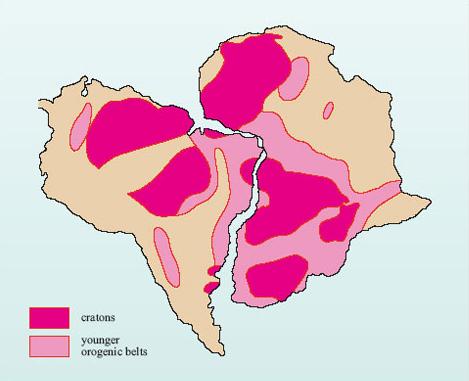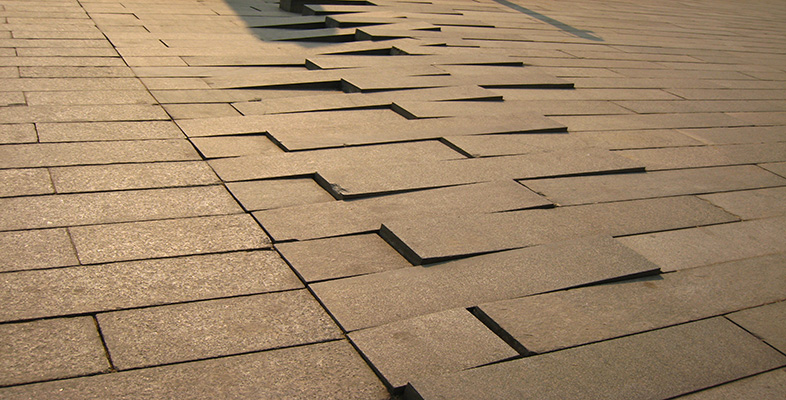2.2.2 Geological match and continuity of structure
Previous configurations of continents can also be recognised by the degree of geological continuity between them. These include similar rock types found on either side of an ocean or, more commonly, successions of strata or igneous bodies that have otherwise unique characteristics. Taylor (Box 1) was first prompted to consider continental drift by noting the similarity of the rock strata and geological structures of the Appalachian and Caledonian mountain belts of eastern USA and NW Europe respectively. Similarly, Wegener investigated the continuity of Precambrian rocks and geological structures between South America and Africa (Figure 3).

